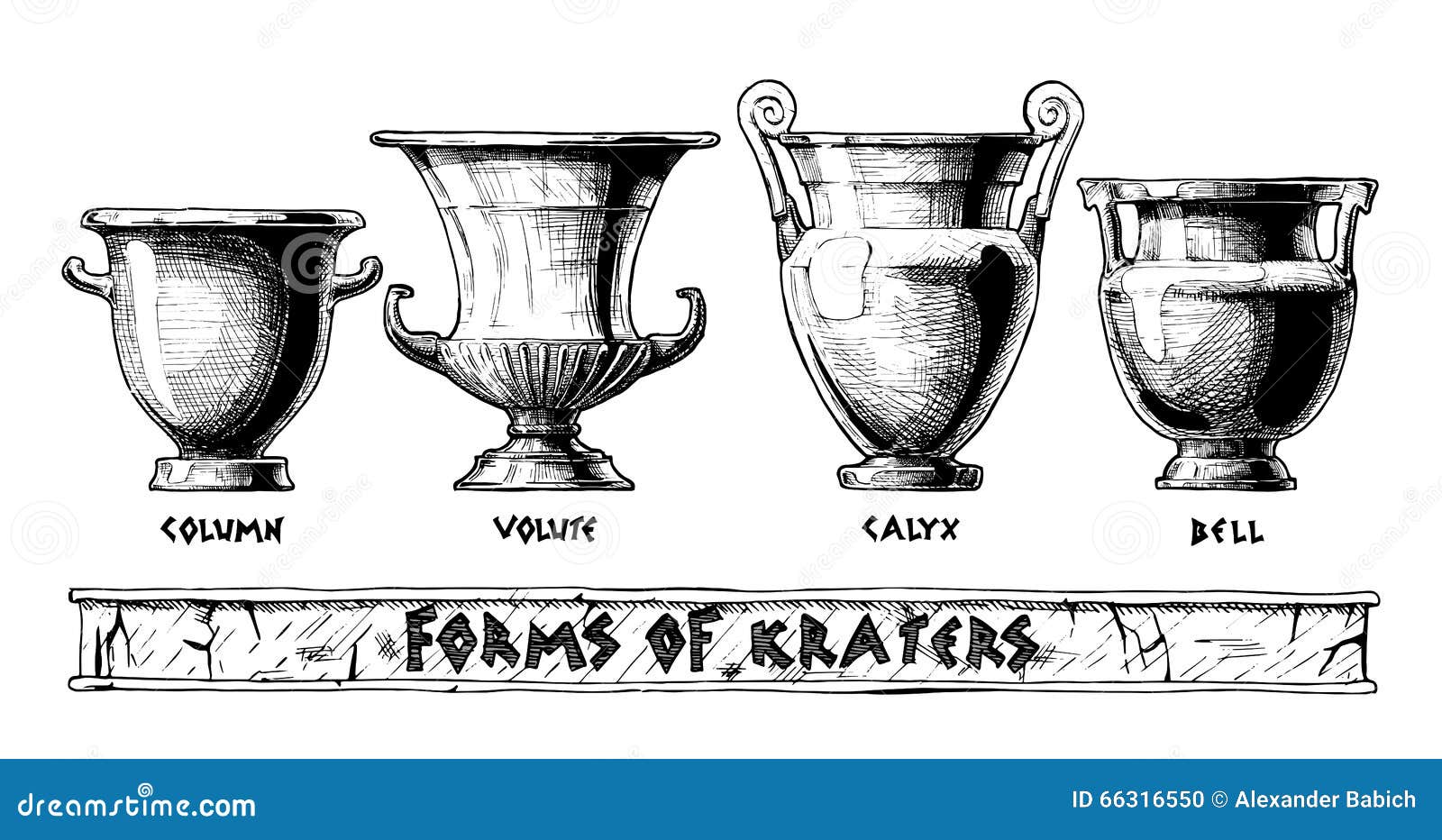

The leader of the trio carries a torch to light the way. On the obverse (above) are three revellers, not frenzied by wild orgies after the manner of maenads and satyrs, but discreetly keeping step to the tune played by the flutist in the center. This date is confirmed by both the subject and style of the pictures. Kraters for mixing water and wine are known in every period of Greek vase-painting, but it is only just after the middle of the fifth century before Christ, in about 440, that this type of bell-krater with horizontal handles and simple foot was in vogue.

Plate VII - Bell-Krater by the Christie Painter, Obverse The vase is preserved intact, without a crack, but the black glaze which serves as ground for the design has suffered here and there some small damage.

He has very generously lent the vase to the Museum, where, since it was put on exhibition in the Sharpe Gallery, it has attracted the interest of art students and archaeologists, as well as of the casual visitor. SOME years ago Professor Alfred Mansfield Brooks of Swarthmore College had the good fortune to discover in the public market of Canterbury, England, the red-figured vase shown in Plate VII.


 0 kommentar(er)
0 kommentar(er)
